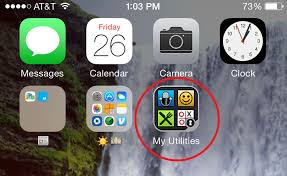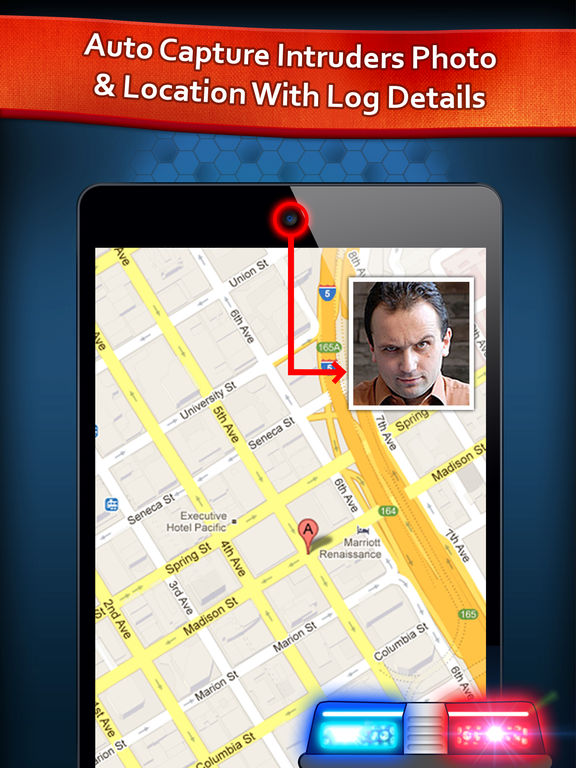

- BEST SECRET FOLDER FOR MAC HOW TO
- BEST SECRET FOLDER FOR MAC MAC OS
- BEST SECRET FOLDER FOR MAC CODE
- BEST SECRET FOLDER FOR MAC PASSWORD
- BEST SECRET FOLDER FOR MAC WINDOWS
Click again on the Continue button to finish the process. That is the recovery key you’ll be using in case you don’t remember the password.
BEST SECRET FOLDER FOR MAC CODE
Put this code in a new document or something.
BEST SECRET FOLDER FOR MAC WINDOWS
It looks very much like a Windows or antivirus activation key. Here’s what’s going to happen if you use the local recovery key method: you will be taken to another dialog box where you will be going to see a system-generated code.
BEST SECRET FOLDER FOR MAC PASSWORD
I, for one, would go with the later version since it’s more secure (no use compromising two accounts if your password gets stolen). You can choose between iCloud and generating a local recovery key. In the next dialog box, select the recovery method. Click on the padlock icon to make changes. Head to the FileVault tab (it’s right next to the General tab). Click on the Apple icon located in the upper-left corner of your screen. Anyway, here’s what you’ll need to do, should you choose to use FileVault for masking your files, folders, and everything in between. Yes, I know it’s like curing the disease by killing the patient, but I did say that it’s the easiest way to go about hiding your folders. If you really don’t want to trouble yourself with code, there’s a very easy and extremely fast way to hide your folders on Mac, by using the FileVault.īasically, it turns your hard drive into a Fort Knox-like vault that cannot be opened without the proper cipher, which in this case is the username and password associated with your admin account.
BEST SECRET FOLDER FOR MAC HOW TO
How to Hide Folders on Mac using FileVault Now, the next time you will launch Finder, all desired folders will be hidden. Navigate to the following line and type in or paste the following:Īlias hideFiles='defaults write AppleShowAllFiles NO killall Finder /System/Library/CoreServices/Finder.app. Type in or paste the following line:Īlias showFiles='defaults write AppleShowAllFiles YES killall Finder /System/Library/CoreServices/Finder.app When prompted, type in the username and password associated with your active admin account. Type in or paste the following line: sudo nano ~/.bash_profile Again, you will need to fiddle around with the Terminal. Albeit temporary, we can easily turn this into a more permanent solution.

How to hide folders on your Mac by using Terminal AliasesĪliases are macros or shortcuts to various commands. If you look closely, you’ll see that the folder’s path has appeared. Drag-and-drop the folder onto the Terminal window. Fill it with stuff that you want to hide. Type in the following line: chflags hidden Double-click to enter the Utilities menu. From the left panel, select Applications. So, here’s how to hide files/folders using Terminal. Don’t worry it’s just a couple of command lines. There’s also a way to hide folders on Mac, but it involves using the Terminal. How to hide folders on Mac using Terminal Get yourself acquainted with the Terminal (Mac’s version of Windows’ command prompt) because, as it happens, it’s the only way to hide folders on Mac without resorting to third-party tools.

BEST SECRET FOLDER FOR MAC MAC OS
It may not apply to Mojave or whatever else Mac OS you’re running, but at least you’ll get an idea of what you’re up against. This folder includes Applications, Library, System and Users – but also includes a lot of hidden folders and files.Because I really don’t want to rile up all you wonderful Mac users, I’ve decided to do a follow-up on the whole hiding your folders in plain view dilemma. Now you will see your disk in the Locations section of the Finder (or the Devices section in older macOSs). You will find your Mac listed under Locations.Click on Finder > Settings/Preferences.If you don’t see a Macintosh HD folder (or whatever you have named your main disk) in the left-hand column when you open the Finder here’s what to do: This Library folder is located inside what is often referred to as the Macintosh HD folder – but yours will probably be named whatever you have called your Mac. The second library folder isn’t hidden as such, but it is still tricky to locate thanks to changes Apple’s made to the Finder over the years. Click on it to go straight to the folder. You will see the ~/Library folder listed below the Home folder.Just is to do the following:Īlt (Option) and choose Go from the dropdown menu bar at the top of the screen. There is in fact an even easier way to find your hidden ~/Library/ folder.


 0 kommentar(er)
0 kommentar(er)
